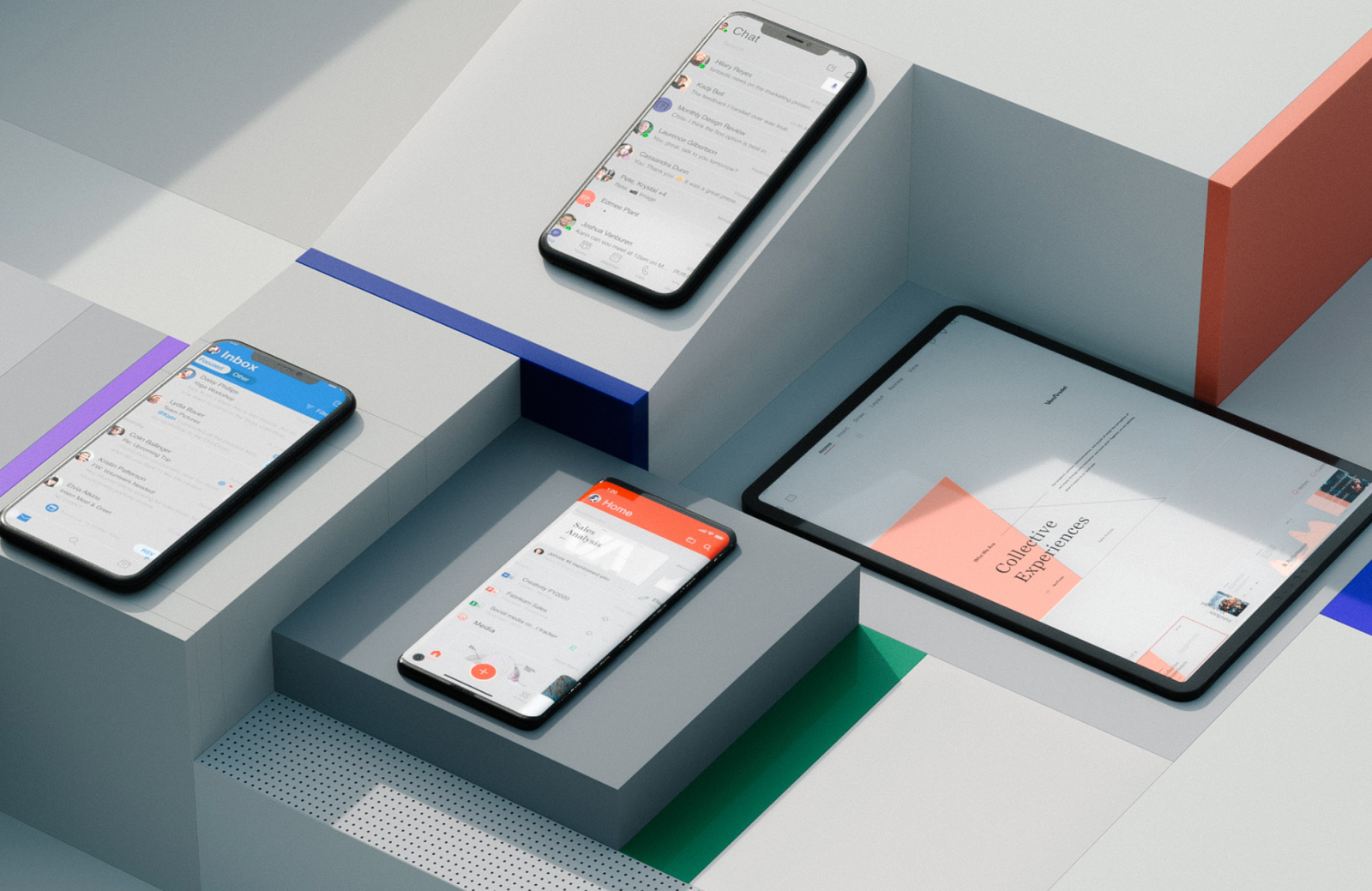How We Built the Dagmarket in 6 Months
Building Dagmarket, a decentralized digital marketplace, in just six months required precise planning, a strong technical foundation, and seamless team collaboration. In this article, we break down our process — from concept design to full deployment — while sharing the tools and frameworks that helped us deliver a robust, scalable platform.
1. Defining the Vision and Architecture
Our journey began with a clear scientific and technical roadmap. Dagmarket’s goal was to enable secure peer-to-peer transactions powered by DAG (Directed Acyclic Graph) technology — a next-generation alternative to traditional blockchain structures.
We defined three key objectives:
- Scalability — Handle thousands of microtransactions per second.
- Security — Ensure data immutability and transaction integrity.
- User-Centric Design — Simplify decentralized trading for non-technical users.
The system architecture was designed using microservices, allowing independent scaling and modular updates without downtime.
2. Research and Technology Stack Selection
Before development, we conducted an in-depth comparative analysis of distributed ledger technologies. DAG-based solutions offered faster confirmation times and lower energy consumption compared to conventional blockchains.
Core Technologies:
- Backend: Go + Node.js
- Frontend: React + Next.js for SEO optimization and fast rendering
- Database: IPFS + PostgreSQL hybrid model
- Consensus Layer: Custom DAG protocol
- DevOps: Docker, Kubernetes, and GitHub Actions for CI/CD
This stack allowed us to maintain both decentralization and efficiency, ensuring the system could scale as transaction volume grew.
3. Agile Development and Sprint Phases
We adopted an Agile methodology with two-week sprints. Each sprint had measurable objectives and deliverables, tracked via Jira and GitLab CI.
Phase Breakdown:
- Month 1–2: Prototype design, UI/UX wireframes, and smart contract testing.
- Month 3–4: Backend and DAG node implementation with integrated APIs.
- Month 5: User testing, bug tracking, and security audits.
- Month 6: Deployment, marketing integration, and performance optimization.
Continuous feedback loops between developers, QA, and stakeholders accelerated issue resolution and feature enhancement.
4. Security, Testing, and Optimization
Security was prioritized from the start. We performed:
- Penetration testing using OWASP standards.
- Transaction simulation to detect potential consensus vulnerabilities.
- Load testing with Locust to measure scalability.
After optimization, Dagmarket achieved an average transaction confirmation time of 1.2 seconds and sustained 10,000+ transactions per minute.
5. Launch and Post-Deployment Strategy
The launch phase included:
- Integrating SEO-friendly content structures for public awareness.
- Deploying a progressive web app (PWA) version for mobile users.
- Setting up analytics dashboards for real-time monitoring.
Within the first month of launch, Dagmarket registered 5,000+ active users and processed over 50,000 transactions.
6. Lessons Learned and Future Development
Six months of development taught us valuable lessons:
- Iterative testing ensures system stability.
- Cross-disciplinary collaboration (developers, data scientists, and UI experts) is crucial for success.
- Continuous innovation in decentralized systems requires adaptability.
Our next milestone focuses on AI-driven market prediction models and expanding interoperability with multi-chain ecosystems.
Conclusion
Building Dagmarket in six months proved that with structured methodology, scientific rigor, and agile teamwork, large-scale decentralized platforms can be launched efficiently. The project stands as a model for how emerging technologies can reshape global digital marketplaces.

